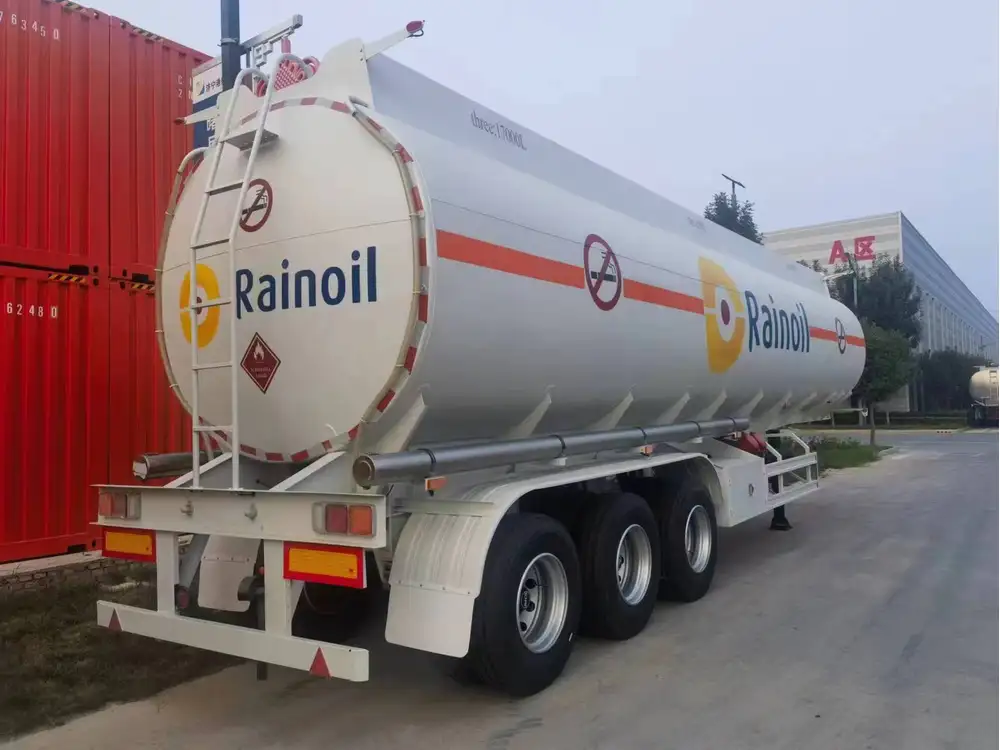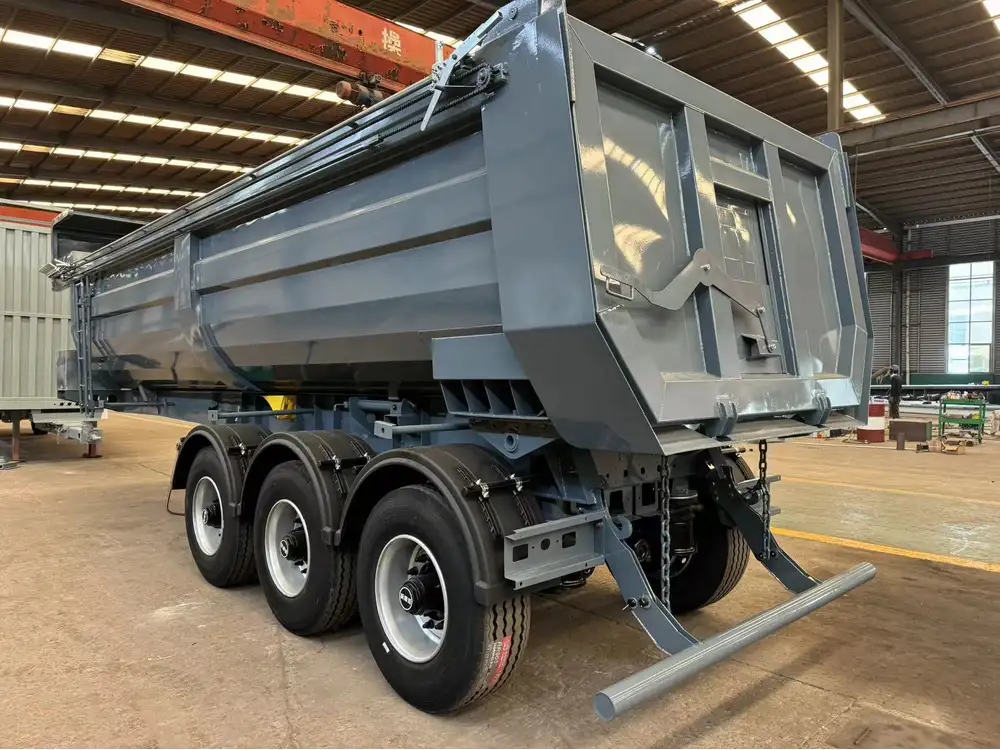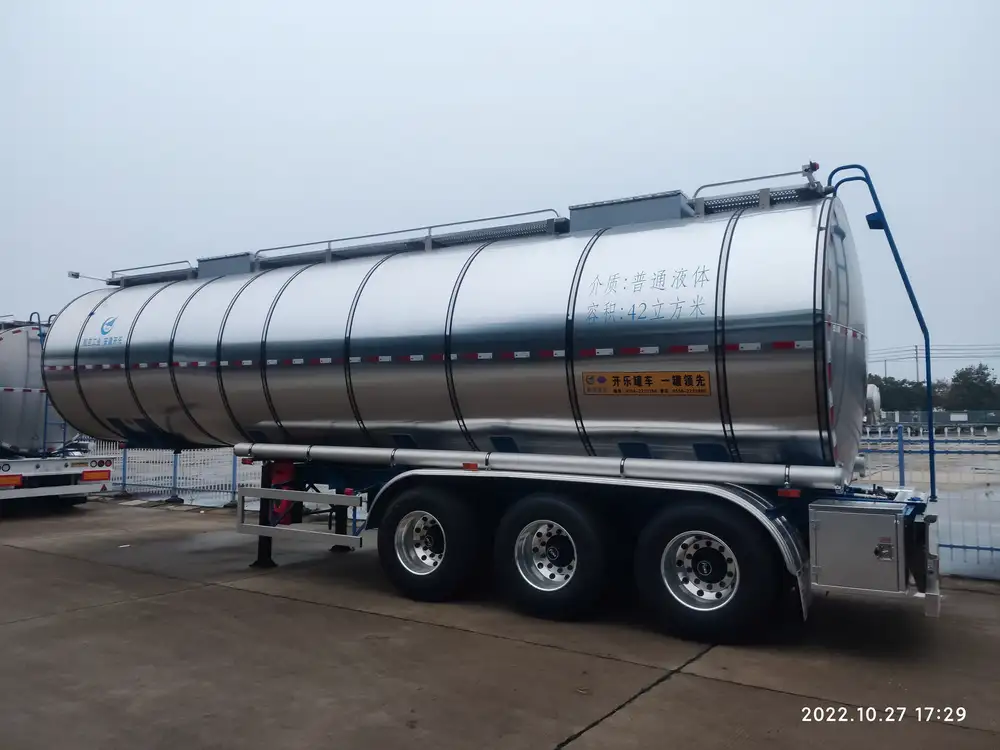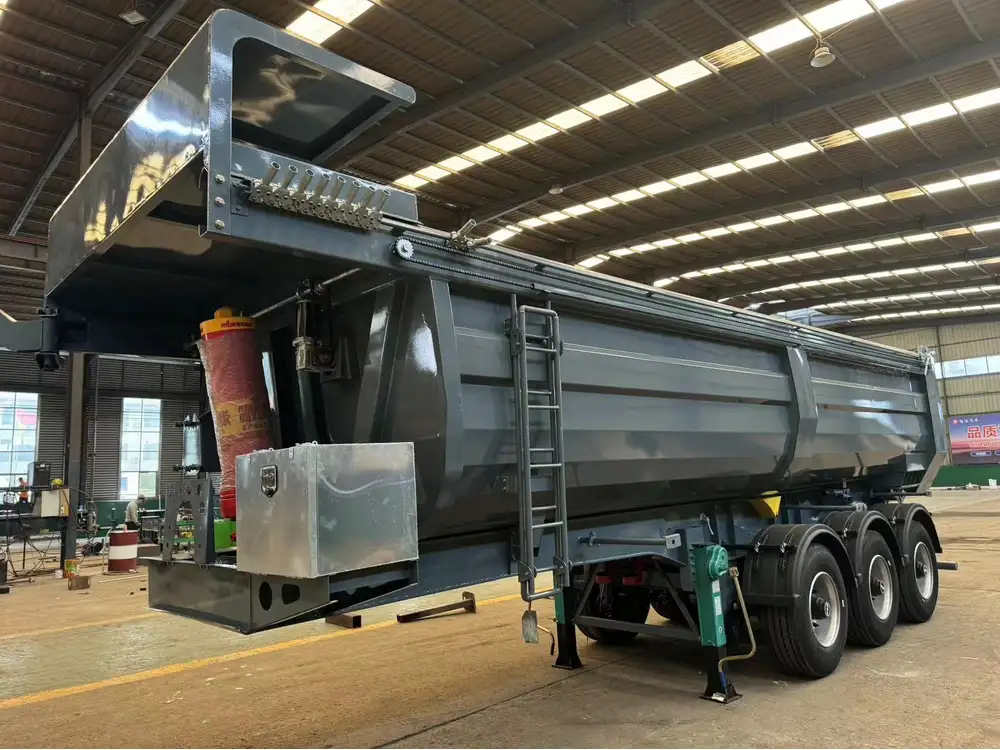Connecting a trailer to a semi truck may seem straightforward, yet ensuring that this task is performed correctly is crucial for safety, efficacy, and overall highway integrity. The essence of a successful hitching process not only arises from understanding the steps involved but also recognizes the nuances that can affect your journey. In this guide, we will walk you through the precise process of connecting a trailer to a semi truck while addressing common concerns, potential issues, and best practices.
Essential Equipment for Trailer Connection
Before embarking on the connection process, understanding and preparing the necessary equipment is crucial. Here’s a concise breakdown of the equipment and tools you’ll need:
| Equipment/Tool | Purpose |
|---|---|
| Fifth Wheel Hitch | Connects the tractor to the trailer. |
| kingpin | The component that locks into the fifth wheel. |
| Locking Mechanism | Secures the connection between truck and trailer. |
| Safety Chains | Provides extra security during transit. |
| Air Lines | Automatic brake and suspension system connection. |
| Electrical Lines | Powers the trailer lights and brakes. |
Check List Before You Start
- Inspect the fifth wheel assembly for wear or damage.
- Confirm that the trailer’s kingpin is in good condition.
- Ensure that air lines and electrical lines are intact.
- Verify that safety chains are accessible and of appropriate length.

Step-by-Step Guide: Connecting a Trailer to a Semi Truck
Now, let’s dissect the detailed procedure to connect a trailer systematically. We will break it down into digestible steps to ensure clarity and understanding.
Step 1: Position the Semi Truck
Start by positioning the semi truck so that the fifth wheel is directly in line with the trailer’s kingpin. Here are a few tips for optimal positioning:
- Alignment: If possible, utilize a spotter to help guide you into position.
- Distance: Maintain a proper distance from the trailer—approximately 2 to 3 feet.
Step 2: Lower the Trailer
Once positioned, lower the trailer onto the fifth wheel using the landing gear. Ensure that:
- The landing gear is stable and properly grounded.
- The kingpin hitches securely onto the fifth wheel.

Step 3: Engage the Fifth Wheel
As you reverse the truck, focus on aligning the fifth wheel to engage the kingpin. Here’s what to keep in mind:
- Audible Click: Listen for a distinctive “click” sound that signifies the kingpin has locked into the fifth wheel.
- Visual Verification: Check the locking mechanism visually through the window or by stepping outside.
Step 4: Apply the Parking Brake
Once the connection is established, pull the parking brake of the tractor. This step is vital for maintaining the truck’s position.
Step 5: Attach Safety Chains
Secure the safety chains to both the truck and the trailer. This precautionary measure is essential for added safety in case of a disconnect. Make sure:
- The chains are crossed for stability.
- There is enough slack to allow movement but not excessive length.

Step 6: Connect Air and Electrical Lines
Properly connect the air lines and electrical lines as follows:
- Air Lines: Locate the blue and red air lines. Connect them firmly to the respective glad hands.
- Electrical Lines: Plug the electrical connector into the trailer socket ensuring that the lights function correctly.
Step 7: Conduct a Final Inspection
Before hitting the road, perform a final inspection. This involves checking:
- The integrity of the fifth wheel connection.
- Ensuring air brakes and electrical lights are operational.
- Confirming that safety chains are secure.
Common Issues When Connecting Trailers
While the above steps cover the process, several common issues can arise during the connection of a trailer to a semi truck. Recognizing these problems can save time and enhance safety.
| Potential Issue | Solution |
|---|---|
| Misalignment of truck and trailer | Adjust the position and try again. |
| Kingpin not locking properly | Inspect both the kingpin and the fifth wheel. |
| Air leaks in air lines | Check connections and inspect for damages. |
| Faulty electrical connections | Inspect wiring and ensure tight connections. |
| Safety chains too long or short | Adjust length or replace chains as necessary. |

Maintenance Tips for Safe Connections
To ensure a seamless experience with connecting trailers, practicing regular maintenance is key. Here are a few essential maintenance tips:
- Regular Inspections: Perform a monthly inspection of your fifth wheel, trailer coupling, air lines, and electric connections.
- Lubrication: Ensure that the fifth wheel is adequately lubricated to prevent wear and facilitate smooth hitching.
- Brake Testing: Conduct regular brake system tests both when stationary and in motion.
- Replace Worn Parts: Promptly replace any parts showing signs of wear, including locking mechanisms and air lines.
Frequently Asked Questions
What is the ideal distance when positioning a semi truck to a trailer?
Positioning should typically be 2 to 3 feet away from the trailer for optimum alignment and safe connection.

How do I know if the connection is properly secured?
Listen for an audible click when engaging the fifth-wheel mechanism, and visually inspect to confirm that the kingpin is seated correctly.
Are safety chains a legal requirement?
While safety chains are often recommended for safety purposes, regulations may vary by region. It’s best to check local authorities’ regulations regarding trailer hitching.
What should I do if my safety chains are damaged?
Always replace damaged safety chains before attempting to connect or tow a trailer. They are crucial for preventing accidents in the event of a disconnect.

Can I connect a trailer with a broken air line?
Connecting a trailer with a broken air line is dangerous; this can cause brake failures. Always repair air lines before use.
Conclusion
Connecting a trailer to a semi truck requires attention to detail, adherence to safety protocols, and a grasp of the mechanics involved. By following the structured steps outlined in this guide and being aware of common pitfalls, you can facilitate a successful connection process. Remember, regular maintenance and inspections are equally vital to ensure that every connection is secure and every journey is safe. Stay informed, stay prepared, and navigate the roads with confidence!



